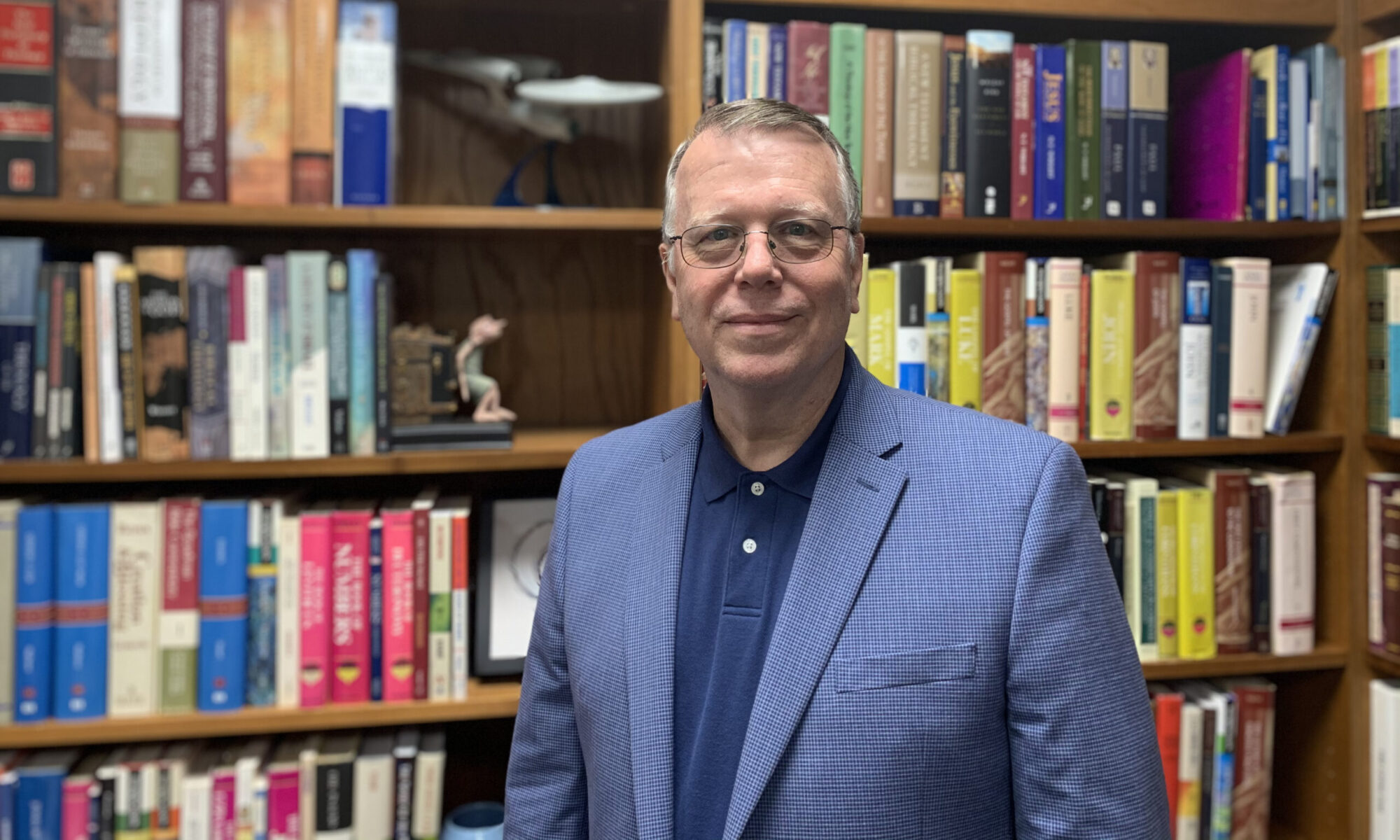The Athenian philosopher, Plato (died 348 BC), used an allegory to explain the human condition. He said that humans are imprisoned in a cave, chained against a wall that forces them to see only shadows. These shadows are the only reality they know. Some humans manage to break free of their chains, escape the cave, and discover the realities of the world outside of the cave. The majority of the escaped humans prefer the darkness and shadows of the cave. In the words of John, “men loved the darkness, rather than the Light” (John 3:19).
In 1999, The Matrix was released to audiences and became a cult classic. The Wachowski brothers used Plato’s cave, along with images of the Christian message, to present a world in which humans were enslaved by machines, living their lives in a computer generated matrix. Most humans were content with their condition. Only a few brave souls dared to break free of the matrix. Some who learned the truth preferred the matrix over reality. Cypher, was willing to betray his colleagues, and the future of humanity, for the virtual reality of the matrix.
With the advent of the coronavirus pandemic, many churches have embraced virtual worship in an effort to minister to the people of God – an effort I applaud. However, we must be aware of the temptations and dangers in virtual church. After all, virtual church is not real. “Virtual reality” is defined as “the computer-generated simulation of a three-dimensional image or environment that can be interacted with in a seemingly real or physical way…” (emphasis added). Virtual reality is a simulation that is seemingly real. Ultimately, virtual church can be no more real than the cave, or the matrix.
Virtual church is communication, but it is not communion. Let me explain. I love to talk to my kids and grandkids using FaceTime. When distance is an issue, FaceTime is a wonderful way to stay in touch. But, it’s not real. It’s digital. Real is getting to hold my grandchildren, play with my grandchildren, and be physically present with my family. Even the communication is different, more intimate, more satisfying when we are physically together.
There are some essential things that just can’t be digitally re-created. Humans are physical beings. A meal at the family table can’t be digitally re-created. A digital world will never allow us to be fully human. In fact, the digital world denies the essence of humanity. Like the Borg of Star Trek, humans exists only to service the needs of the digital world. The digital world leaves us lonely and unsatisfied.
Also, we must be bold enough to ask, “How does the digital methodology change our message, or change the essence of the church?” For decades I’ve heard, “We must change the methods, not the message.” But, we’ve never considered how the methods change the message. Even the antiquated technology of television changes the nature of an event.
I appreciate watching nature shows on TV, but I much prefer to take a long hike in the forest. I enjoy watching baseball on TV, but it’s just not the same as being in the ball park. When necessary, virtual church may help me stay in touch; but virtual church can never take the place of being gathered in a holy place, praying and singing together.
At its very best, virtual church can produce only a virtual community – an audience. Virtual church will never be able to re-create communion. If the essence of the church as a physical gathering is replaced by virtual church, then the methodology will have dramatically changed the message. And, humanity will be stuck in the matrix.
